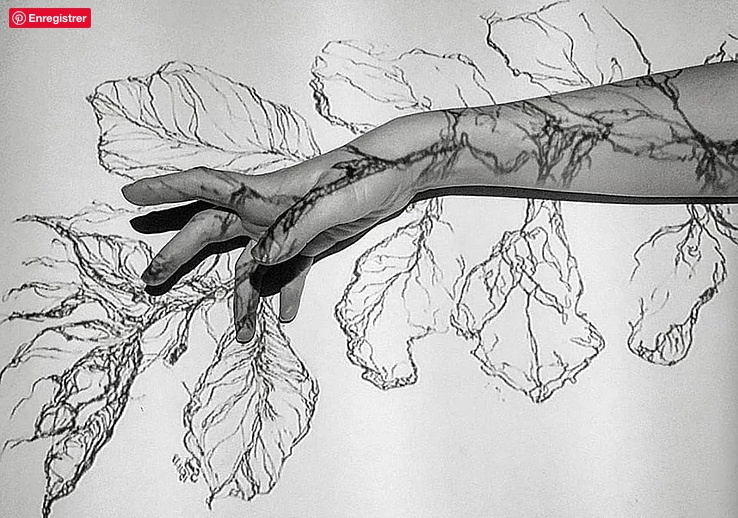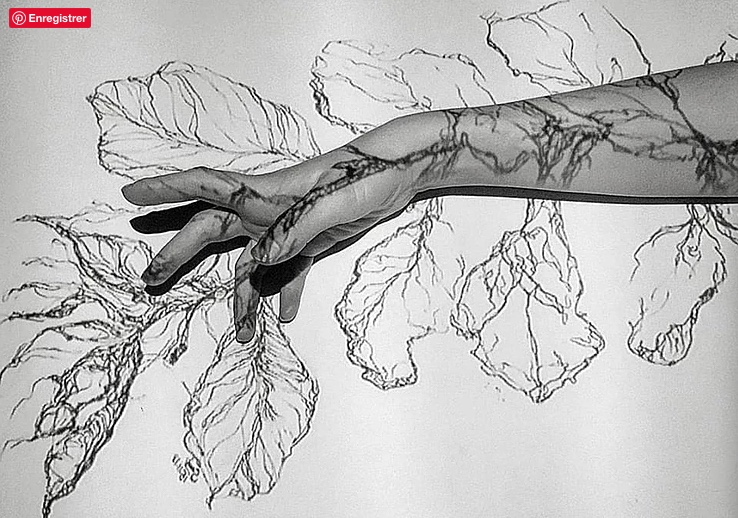Are we all individualistic artists?
By Sarah N.

What is individualism in art? Is it a pre-requisite? How can an artist produce something individual when constantly surrounded by a constantly inspiring environment and society?
Our isolation forces us to reconsider our relationship with ourselves. Remoteness from others drives us, as artists, towards a form of free expression within the context of globalization. We are therefore persistently tempted to draw inspiration from other cultures. Picasso was influenced by indigenous African art and Van Gogh by Japanese art. Although we are open to other aesthetic universes, we naturally withdraw into ourselves to create our works of art because our expression, our creation is intimate and requires introspection. Individualism is essential for artists to express their style – a form of primary expression through the personification of reality and interpretation of personalities, responding to, and overcoming barriers imposed by society.
Back in the pre-Renaissance era, the status of an artist was not clear. Over time, artists gradually gained a definition independent from the craftsmen collaborating on aesthetic or decorative architectural and furniture projects. In the 15th century when craftsmen began signing their work artists gained a status of their own.
To embrace their individuality or vision, an artist can make use of “aesthetic shock” thus attracting attention. Whether or not a marketing tool, the originality of a work of art does not only lie in the concept it reflects. It forms a whole: composition, material, idea, subject, environment, etc. To create a work of art is to bear witness to the reality in which we live, by looking at ourselves, introspection, a certain mental and logical pragmatic reasoning.
The composition created by an artist reflects their individual reality, calling for deconstruction. Inspired by society, it is an analytical observation of their surroundings. There is a need to confront their own shadows, using unconditional and non-conventional concepts, thus merging the reality behind the inspiration with their own expression through self-effacement, self-personification, and self-mechanization. Individualism in art is none other than the artist’s deconstruction and reconstruction.
Artistic individualism is an introspective activity, a process of discovery that artists can share with the world.






